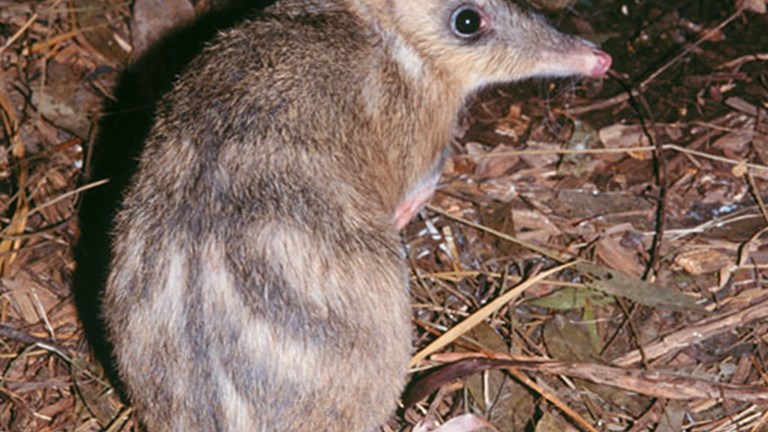
Eastern Barred Bandicoot
Perameles gunnii
Pedionomus torquatus
Plains-wanderers are losing their habitat as native grasslands are swallowed by agriculture and housing developments. Pesticides that build up in the food chain may also be a threat. The ongoing drought is another concern for the species.
Plains-wanderers
Plains-wanderers are native to south-eastern Australian grasslands, but their original wide distribution has shrunk to a few isolated regions.
Plains-wanderers are native to south-eastern Australian grasslands, but their original wide distribution has shrunk to a few isolated regions.
Plains-wanderers are small ground-dwelling birds with a lanky appearance and distinctive, upright posture. There are between 2500 and 8000 birds left and there is concern that some populations may be too small to remain viable.
Camouflaged against the dry grasses and reddish soils of their habitat, Plains-wanderers are very difficult to see during the day. They have long, yellow legs and mottled brown plumage. Females have a beautiful black and white collar pattern and a patch of rusty-coloured feathers on their breasts.
Plains-wanderers prefer sparse grasslands with a combination of bare ground and low plant cover. Invasive agricultural plants create terrain that is too dense for the birds, while heavy grazing keeps plants too low to provide protection from predators.
Female Plains-wanderers lay about four eggs in the nest, then leave the male to incubate and raise the chicks.
Despite appearing and behaving like a quail, the Plains-wanderer is actually more closely related to wading birds in South America. This strange relationship is the result of the connection of the two continents as part of Gondwana more than 60 million years ago.
A recovery plan for this species includes protecting habitat from cultivation and weed invasion and securing a strong population in Victoria.

Perameles gunnii

Delma impar
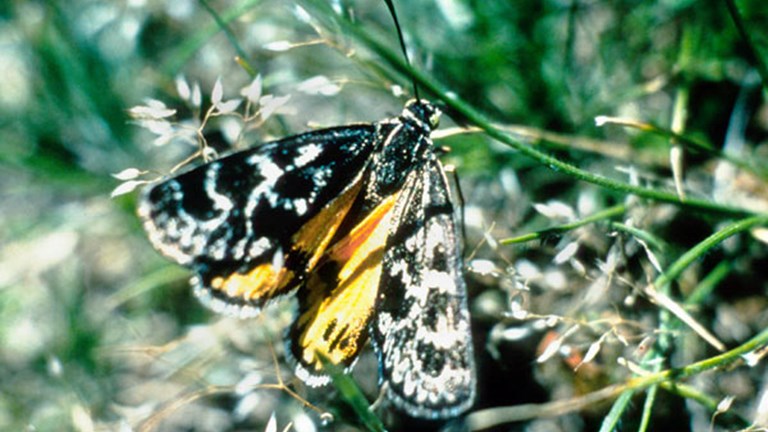
Synemon plana
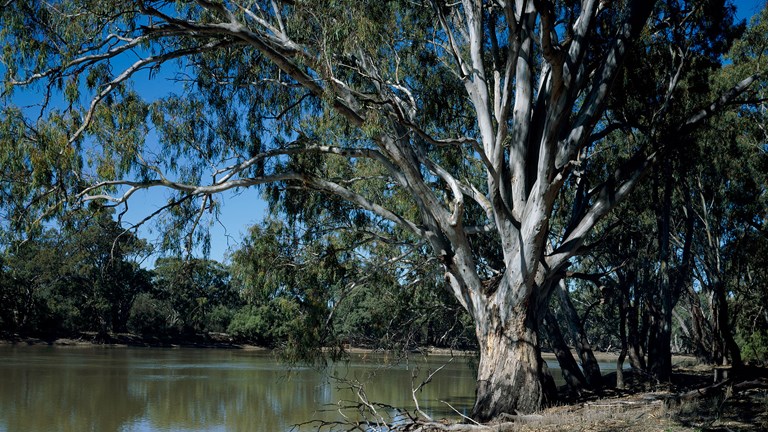
There are many types of dry forests in Victoria including stringybark, red gum, grassy woodlands and the remnants of the once great box–ironbark forests.
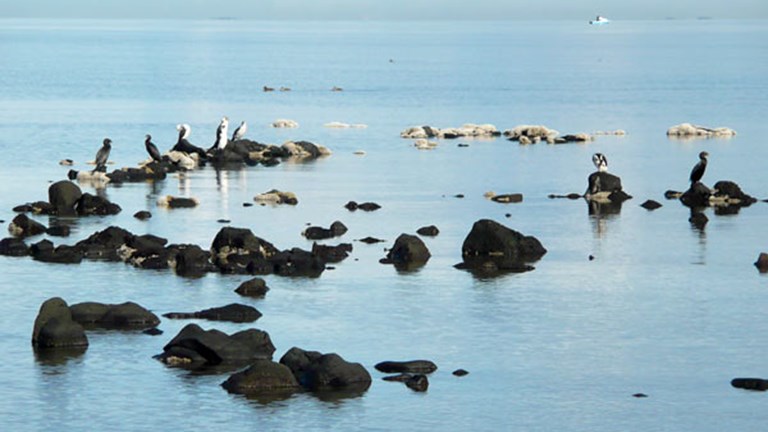
Victoria’s coastal wetlands are significant places for wildlife, with many listed in international conventions to protect the habitat of migratory birds.
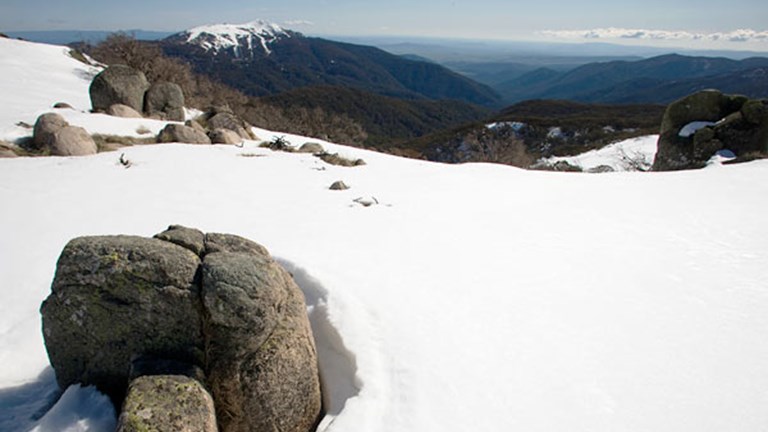
The Victorian Alps extend from the plateaus of Lake Mountain and Mt Baw Baw to peaks such as Mt Feathertop and the headwaters of the Murray River.
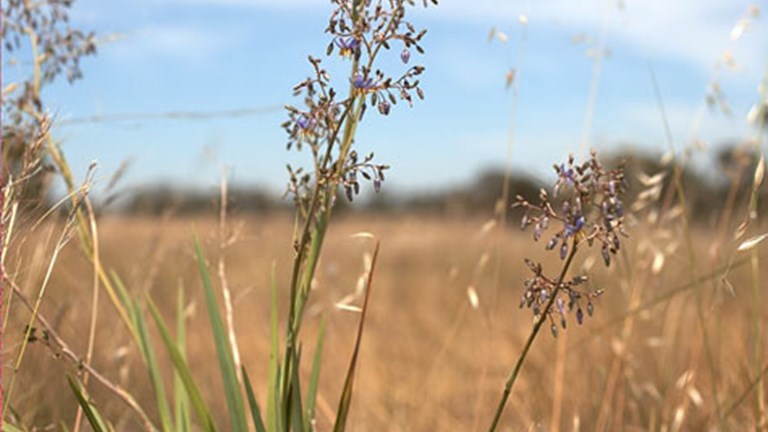
When the first Europeans arrived in Victoria there were grasslands on the vast, undulating western plains, on the northern plains and in Gippsland.
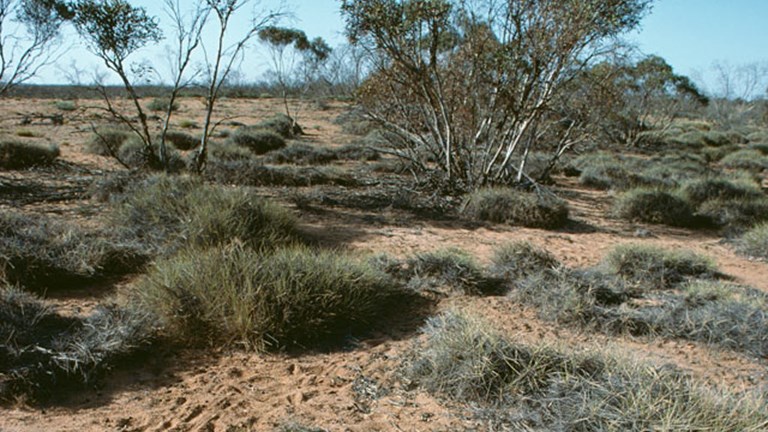
The Victorian Mallee in the north-western corner of the state has a mosaic of vegetation types adapted to low rainfall and sandy soils.
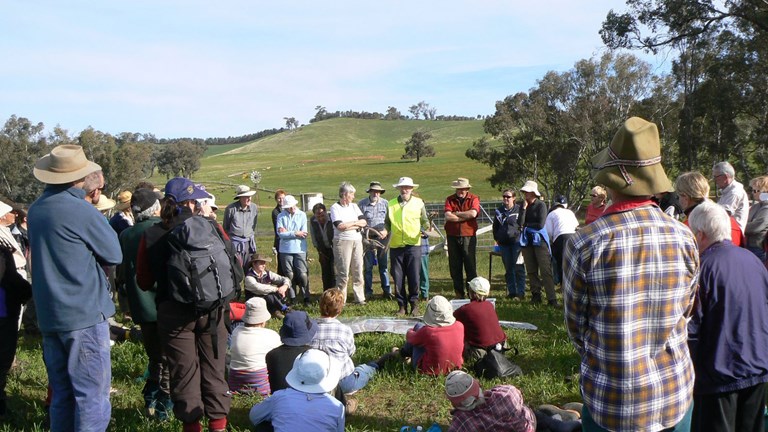
Find out about the issues affecting our special places and the plants and animals that live in them, and discover some ways you can help.
We are making improvements to our website and would love to hear from you about your experience. Our survey takes around 10 minutes and you can enter the draw to win a $100 gift voucher at our online store!
Museums Victoria acknowledges the Wurundjeri Woi Wurrung and Boon Wurrung Bunurong peoples of the eastern Kulin Nations where we work, and First Peoples across Victoria and Australia.
First Peoples are advised that this site may contain voices, images, and names of people now passed and content of cultural significance.